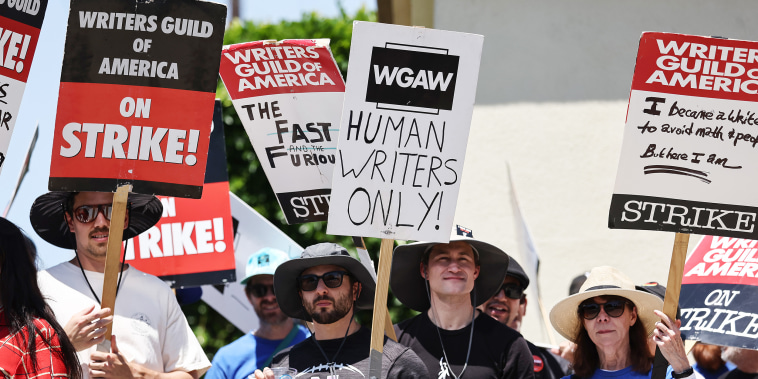In 2020, workers and labor unions leveraged both techniques and public opinion to gain a voice in the AI policy conversation. From landmark labor legislation to a simmering social media campaign, this year’s concerted effort to ensure that workers have a say in the future of AI driven technology was unprecedented and could have lasting effects on the tech industry.
The opening salvo of this year’s fight for worker-driven AI policy began with Amazon Courier Drivers Organizing (ACOD), a UK-based organization that successfully pushed for a monumental labor law granting the collective power of UK courier drivers. This success for ACOD bolstered the idea of a worker-driven AI policy and bolstered the wave of international recognition for worker rights that swept the globe this year.
From tech campuses to public forums, the debate to ensure that worker-driven AI policies are being considered has been a conversation among tech workers, labor organizers, and government officials. These conversations have the possibility to shape up the future of the tech industry and to ensure that workers are not left out of the conversation around the deployment of AI technologies.
Many of the conversations around the table have revolved around the question of how to ensure that the benefits of the technology are reaching the workers who will be most affected. This has been a key issue for many labor activists, as they point to the potential for AI and automation to displace or have a negative effect on workers in their field.
Despite the various conversations, many activists believe that the worker-driven narrative has not been given the attention it deserves. This has been further magnified by the fact that the conversations to date have largely been among experts and industry leaders, and not enough grassroots organizers.
Still, a unified voice has been steadily rising around the table, and in 2021, labor activists are hoping that their efforts will not only be noticed but also become a part of the mainstream conversation. With a national platform that includes both government representatives and a broad swath of industry workers, 2021 has the potential to be a turning point year for worker-driven AI policy.
Though there remain many unresolved issues surrounding worker-driven AI policy, the year 2020 will be remembered as a significant milestone for the labor movement. Through unified lobbying, increased social media presence, and the collective will of making workers and their rights a priority in the policy conversation, 2020 has been an important victory for worker rights and justice. As we turn the corner into 2021, we can only hope that this momentum will continue and that workers will have a stronger presence and a more powerful voice at the table.






